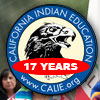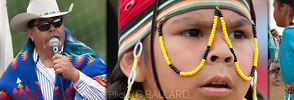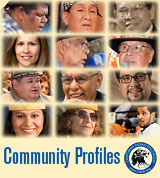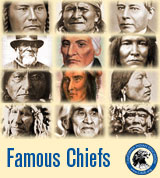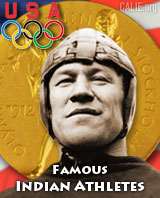|
Either term is generally acceptable when referring to North American people indigenous to the United States — although some individuals may have a preference, and others may feel being called "Indian" is inappropriate or even offensive.
But as some experts and scholars point out, however, "American Indian" refers specifically to the aboriginal peoples of the lower 48 states — while "Native American" includes Alaska Natives as well.
First Nations generally refers to tribal groups indigenous to Canada — it is generally considered incorrect to refer to U.S. tribes as "First Nations."
Native Hawaiians (Polynesian groups) are not considered to be "Indian" at all.
| 